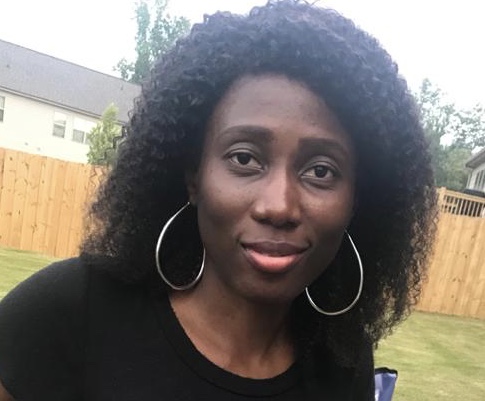Intimate Partner Violence – Are You SAFE?
By E.Y. Ayangunna.
Are you SAFE?
Are you safe? Are your sisters, brothers, sons, and daughters safe? Are your co-workers and friends safe? This is a question we all should ask ourselves frequently.
Intimate Partner Violence (IPV) is more common than we can imagine and if you look closely, you will realise you know at least one person who is a victim of intimate partner violence. From the female banker who lives in a gated estate to the farmer who lives in the village, anyone can be a victim. Do you remember seeing your co-worker showing up at work with a weird wound and saying she fell down the stairs or had a bike accident? What if she was physically abused by her partner?
What is Intimate Partner Violence (IPV)?
According to the World Health Organization, Intimate Partner Violence (IPV) is any behaviour within an intimate relationship that causes physical, psychological, or sexual harm to those in the relationship and one in three women have experienced a form of violence. Some countries use domestic violence and intimate partner violence interchangeably, but domestic violence can also include other members of the family.
Research has shown that women are disproportionately affected by this menace however we must realize that some men are also abused by their partners. The society can’t imagine a man being beaten up by his wife but in reality, it happens. The affected men usually keep quiet about it and keep suffering in silence, wearing long sleeves to cover the scars on their body. IPV can be associated with different health conditions that affect the heart, nervous system, digestive system and even depression.
Children exposed to violence become violent and there are other long term psychological effects such as depression and low self-esteem this traumatic experience can cause.
Forms of Intimate Partner Violence
Intimate Partner Violence can take different forms and the most common forms are exhibited in three major ways – physical abuse, sexual abuse, and emotional abuse.
Physical abuse is usually in the form of slaps, pushing, hitting, and throwing dangerous weapons at partners, usually resulting in scars and wounds which suggest the victim is being abused. This is usually the most obvious type of abuse and some victims get killed.
Culturally, people are embarrassed to talk about sexual abuse because they think rape and other forced sexual acts can’t exist between couples.
Emotional abuse is usually subtle and can be difficult to detect. Even though the perpetrator threatens, insults, humiliates, and blames the victim for every action, there may be no physical sign of abuse. Some abusers are controlling in nature and prevent their victims from relating with others, getting jobs and sometimes refrain them from accessing medical care. Perpetrators can exhibit more than one type of these behaviours.
Abused, Abuser and Enabler
The abused is the victim and recipient of the beatings, threats and even rape. The abuser is the perpetrator of these violent acts and usually claim to commit these violent acts in the name of love. Love does not hurt and no one should be allowed to go through this trauma.
Victims of IPV should know they are not responsible for their partner’s actions and should not endanger themselves or their children. An enabler is anyone who supports the abuser and other abusive acts.
Risk factors for intimate partner violence
IPV has damaging effects on the victim, on the children of the victim as well as on society. Anyone can be a victim of IPV irrespective of age, gender, and occupation and to break this vicious cycle, we need to be aware of factors that can make a person more likely to be a victim.
Although these factors increase the probability of being a victim, their presence does not necessarily mean the person will become a victim.
- For example, children that witness violent incidents between parents are likely to be perpetrators or victims themselves.
- Having no source of income and a partner that prevents access to financial resources can also be a risk factor.
- Another risk factor for being an abuser is always wanting to be in control of the relationship.
- A society that sees nothing wrong in partners beating each other and does not sanction offenders can also be a risk factor.
Finally, are you being abused, an abuser or an enabler? ARE YOU SAFE?
You can learn how to break the cycle of violence.
To screen for risk factors as well as signs of IPV, please take this survey by tapping on the buttons below:

Dr Ayangunna is a public health physician with interests in improving maternal and child health outcomes.

7 Comments
Great delivery, Dr. Ayangunna. More grace to you.
Intimate partner violence is a serious issue and this write up hit the bulls-eye.
Spousal rape is something the law particularly in Nigeria has to address and I hope it is done soon. This write up is a real eye opener.
Thank you for this write up. 😥
Great work. Keep it up. In your next works please consider the family backgrounds of the abuser and the abused. These may add to knowledge.
I opine that she inferred that the influence of family background play vital roles in being either a victim or a villain as portrayed in this excerpt
For example, children that witness violent incidents between parents are likely to be perpetrators or victims themselves.
Great work Dr. Ayanguna, thanks for shedding light on the aspect of a man getting abused too.
Comments are closed.